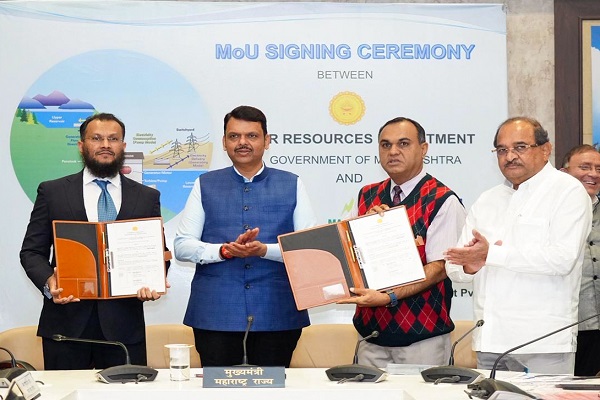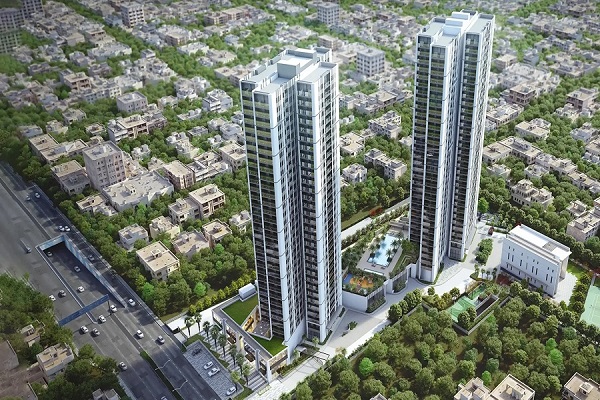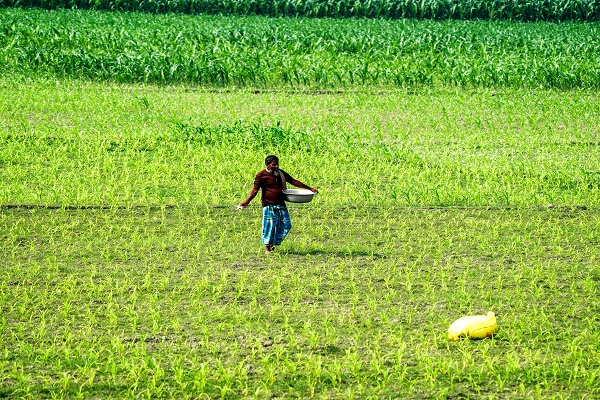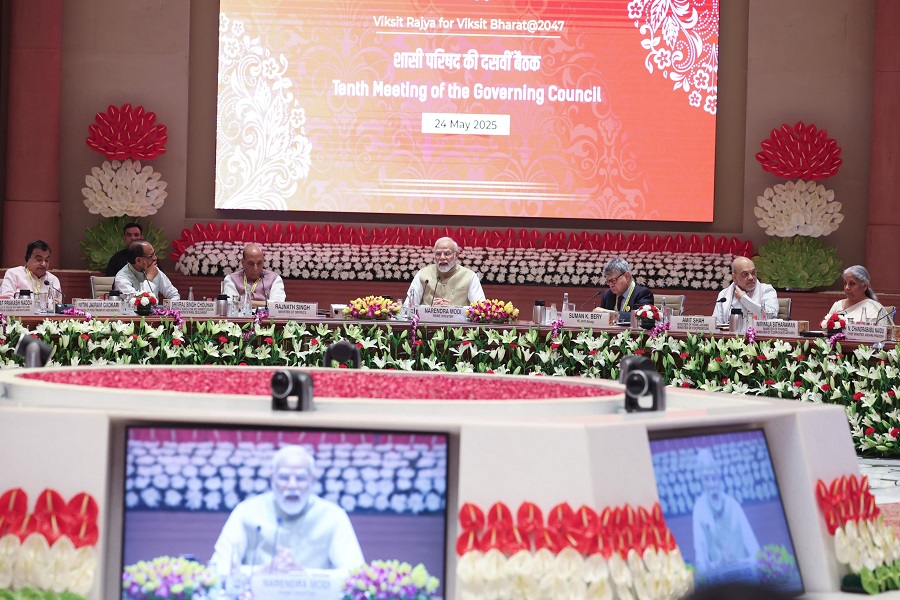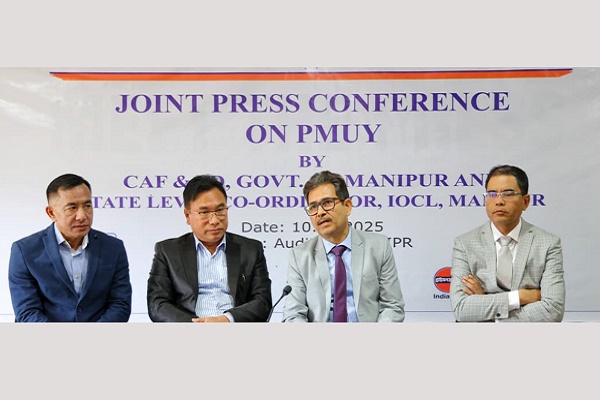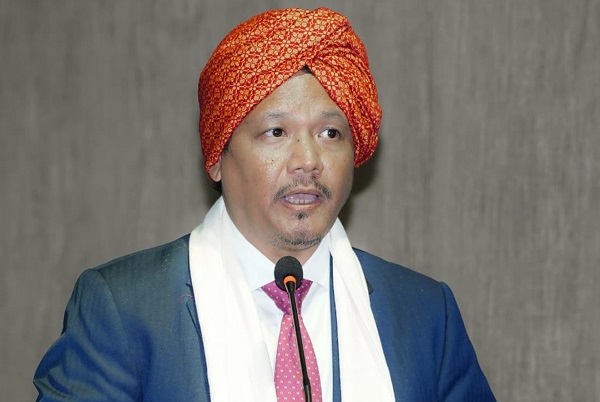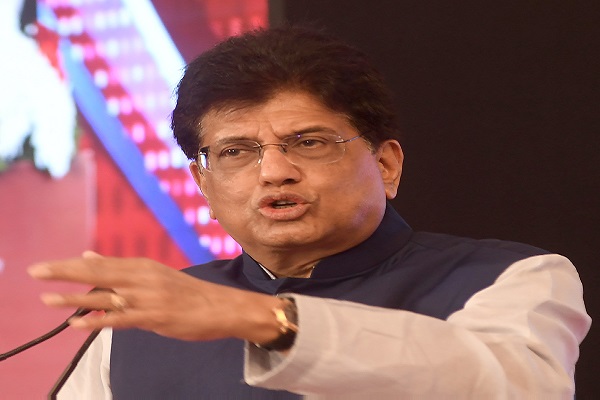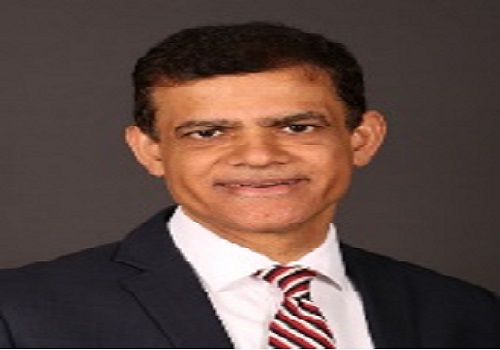Union Budget 2024: A Strategic Framework for Economic Growth and Social Welfare By Chandrakant Patel, Chairman and Managing Director, Ice Make Refrigeration Ltd

Finance Minister Nirmala Sitharaman’s seventh consecutive budget unveils a comprehensive strategy aimed at fostering economic growth, infrastructure development, employment generation, and social welfare. This budget marks the beginning of the BJP-led NDA government's third term and represents a robust approach to meeting the nation’s diverse needs. Over the past decade, government policies have significantly contributed to India's growth, particularly in sectors like cold chain storage, consumer durables, industrials, capital goods, real estate, and infrastructure. This year's budget underscores a commitment to economic advancement, rural and agricultural development, and social welfare.
Economic Overview
The budget places a strong emphasis on controlling inflation, with measures designed to manage food price increases. Despite global economic uncertainties, the Finance Minister reassures that inflation is on track to meet the 4% target.
Focus Areas of the Budget
The budget targets several critical areas: support for the middle class, employment, skills development, MSMEs, and inclusive growth. It outlines nine priorities for generating employment, including productivity, job creation, social justice, urban development, energy security, infrastructure, and reforms. Finance Minister Sitharaman’s address reflects a commitment to enhancing economic growth with a focus on women, youth, and marginalized communities.
Key Allocations and Initiatives
A major allocation of 150 billion rupees is directed towards Andhra Pradesh through multilateral development agencies, highlighting a focus on regional development. Credit support for SMEs is enhanced, with proposals for 12 new industrial parks aimed at boosting industrial growth. In rural development, 2.66 trillion rupees are allocated to improve living conditions and infrastructure, including plans to construct 30 million affordable housing units across urban and rural areas. Infrastructure development in Bihar includes new airports, medical colleges, and sports facilities, while Andhra Pradesh’s capital city development receives 15,000 crore rupees.
Infrastructure and Capital Expenditure
The Capex outlay for infrastructure remains at Rs 11.1 lakh crore, reflecting the government's commitment to infrastructure development. The planned gross market borrowing for FY 2025 is lowered by Rs 12,000 crore to Rs 14.01 lakh crore. Key projects include the development of an industrial node at Gaya on the Amritsar-Kolkata Industrial Corridor and major road connectivity projects worth Rs 26,000 crore, such as the Patna-Purnia and Buxar-Bhagalpur Expressways.
MSME Support
The government lowers the turnover threshold for MSME buyers on the TReds platform from Rs 500 crore to Rs 250 crore, improving access to credit. SIDBI will open 24 new branches for MSME clusters, and the MUDRA loan scheme’s limit is doubled to Rs 20 lakh. Public sector banks are tasked with enhancing credit assessment capabilities for MSMEs.
Agriculture
With a budget allocation of 1.52 lakh crore rupees for agriculture, the government plans to release 109 high-yielding, climate-resilient crop varieties. One crore farmers will be introduced to natural farming within two years, supported by digital infrastructure covering farmers and their lands.
Women Empowerment and Workforce Participation
To enhance women's workforce participation, the budget announces the establishment of working women hostels with creches. Women-specific skilling programs and improved market access for women-led Self-Help Groups (SHGs) are planned. A substantial allocation of Rs 3 lakh crore for women-centric schemes demonstrates a commitment to women's empowerment. The Centre is also considering lowering stamp duties for properties purchased by women.
Education and Youth
The budget will provide e-vouchers to 1 lakh students annually, featuring a 3% interest subvention on loans. The NPS Vatshalya initiative will allow pension contributions by parents and guardians to secure financial stability for the elderly.
Employment and Skill Development
The Union Budget 2024 allocates Rs 2 lakh crore to boost job creation and skill development, targeting 20 lakh youth. The budget introduces an extensive internship scheme offering one crore youths a monthly allowance of Rs 5,000 and a one-time assistance of Rs 6,000 over five years. It also includes skilling programs in partnership with state governments and industries, focusing on upgrading 1,000 Industrial Training Institutes.
Three employment schemes are outlined: Scheme A provides a one-month wage up to Rs 15,000 for first-time employees in formal sectors; Scheme B offers incentives for additional manufacturing sector employment; and Scheme C reimburses up to Rs 3,000 per month for two years towards EPFO contributions for each new employee. Additionally, financial support for higher education loans up to Rs 10 lakh for domestic studies is included.
Personal Income Tax
The new tax regime includes increased standard deductions and enhanced family pension deductions, potentially saving salaried employees up to Rs 17,500. A comprehensive review of the Income-Tax Act is set to simplify the tax structure and reduce litigation.
Direct and Indirect Taxes
Ongoing tax simplification includes the abolition of angel tax for all investor classes to boost startups. Adjustments in customs duties benefit various industries, including electronics and textiles. GST reforms aim to simplify the tax structure and reduce compliance costs.
Tax and Customs Duty Changes
Customs duties have been adjusted, including reductions on gold, silver, and platinum, and changes on various goods. The Securities Transaction Tax (STT) on options and futures is increased.
Next Generation Reforms
Incentives for states to undertake land-related reforms and digitize land records aim to enhance credit flow and agricultural services. Urban reforms will focus on GIS mapping of land records and establishing an IT-based system for property records and tax administration.
Financial Sector and Reforms
The budget includes changes to the Insolvency and Bankruptcy Code (IBC) and steps to strengthen tribunals. A rental housing scheme for the working class will facilitate dormitory-type housing in a public-private partnership mode. The Centre will set up 100 branches of India Post Payments Bank in the North East. Additionally, Rs 10 lakh crore is allocated for providing 1 crore houses to the urban poor and middle class.
Regional and Social Development
The Purvodaya Plan aims to develop Bihar, Jharkhand, West Bengal, Odisha, and Andhra Pradesh. Road projects in Bihar receive a 26,000 crore rupee allocation, and flood management in Assam will be supported. Working women hostels, established in collaboration with industries, will include creches and women-specific skilling programs.
Additional Key Announcements
The Critical Mineral Mission includes launching offshore mining block auctions. The Centre will also request states to lower stamp duties and evolve solutions for the National Pension System (NPS), with employer NPS deductions increased to 14%. The TDS on e-commerce transactions is reduced to 0.1% from 1%, and the angel tax is abolished for all investor classes.
This budget, with its emphasis on economic growth, infrastructure, employment, and social welfare, represents a comprehensive approach to addressing India's diverse needs. The Finance Minister’s priorities aim to foster a balanced and inclusive economic environment.
Above views are of the author and not of the website kindly read disclaimer




